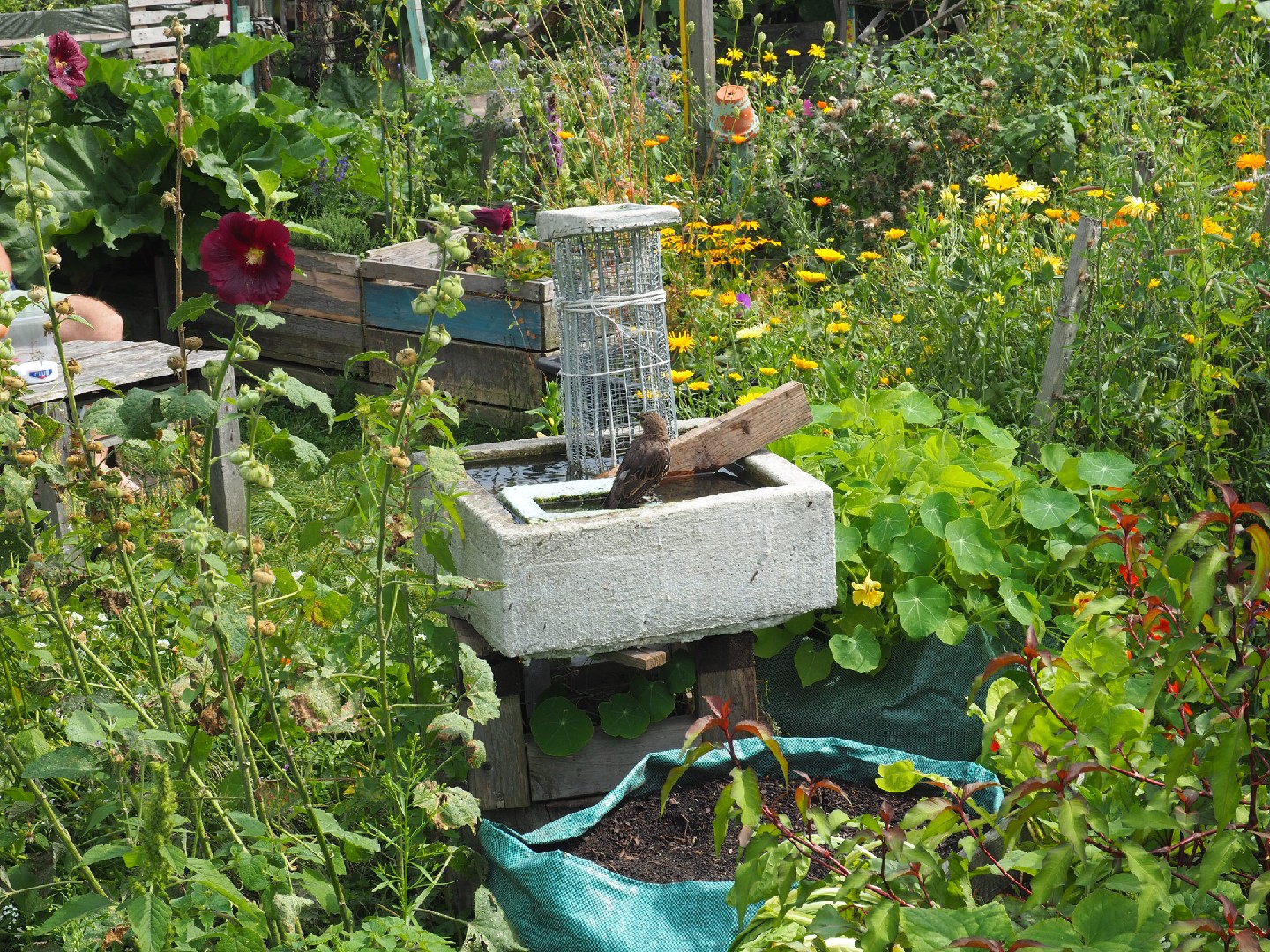![Rectangle]()
Building Wildlife Shelters: A Step-by-Step Guide
Creating wildlife shelters in your garden is a wonderful way to provide a safe haven for a variety of animals. Not only does it help in preserving biodiversity, but it also uplifts the beauty and vibrancy of your outdoor space. In this step-by-step guide, we will discuss how you can construct simple but effective wildlife shelters such as birdhouses, hedgehog homes, and bee hotels.
To begin, let's start with birdhouses. These charming structures provide shelter and nesting spaces for birds, encouraging them to stay in your garden and help control insect populations. When building a birdhouse, it's important to choose materials that are both safe and comfortable for birds. Opt for untreated wood, like cedar or pine, as it is durable and provides insulation. Avoid using pressure-treated or painted wood, as the chemicals can be harmful to birds.
Next, let's move on to hedgehog homes. Hedgehogs are beneficial garden visitors as they eat slugs, snails, and insects. To build a hedgehog home, you will need a sturdy box with an entrance tunnel and a snug, waterproof roof. Use natural materials such as wood, leaves, and moss to create a cozy environment inside. Position the hedgehog home in a quiet area of your garden, preferably near a shrub or hedge for added protection.
Now, let's explore bee hotels. Bee hotels provide nesting sites for solitary bees, which are excellent pollinators. To construct a bee hotel, gather materials such as bamboo canes, hollow reeds, or drilled wooden blocks. Bundle them together tightly and secure them in a frame or box. Hang the bee hotel in a sunny spot, facing south or southeast. Ensure that the nesting holes are clean and free from debris to attract these beneficial insects.
When placing wildlife shelters in your garden, consider their placement carefully. Birds prefer quiet and undisturbed areas, so hang birdhouses in a secluded spot, away from human activity. Hedgehog homes should be placed in a sheltered area, avoiding direct sunlight and extreme weather conditions. Bee hotels, on the other hand, should be positioned in a sunny spot, as bees are attracted to warmth. Add flowering plants nearby to provide a food source for visiting bees.
By creating wildlife shelters in your garden, you are providing a safe refuge for animals while enjoying the beauty they bring. So gather your materials, follow these step-by-step instructions, and start designing sheltered gardens that benefit wildlife and add a touch of natural wonder to your outdoor space.





